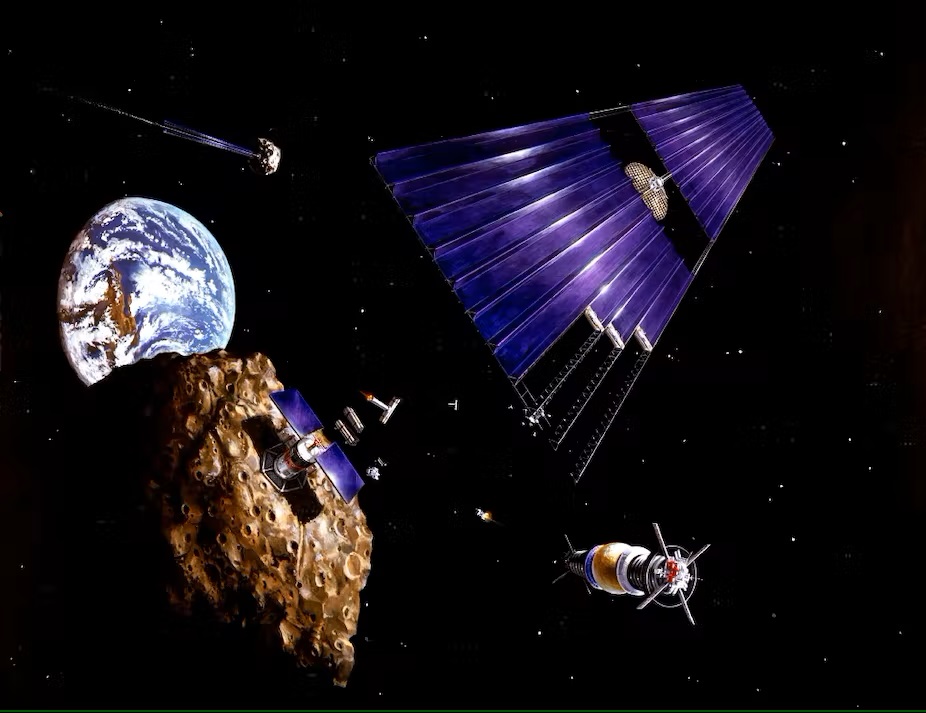You know what it’s like. You get a new telescope and need to know where to point it! The bigger the telescope, the more potential targets and the harder the decision! To date, we have found over 5,000 confirmed exoplanets (5,288 to be exact) with thousands more candidates. With missions like Gaia identifying thousands of nearby stars like our Sun where Earth-like planets could be lurking, its time to hunt them down. A new paper takes on the goiath task of trying to filter down all the millions of candidates into about 1,000 main sequence stars or binaries worth exploring. From these, they have identified 100 most promising targets and from them, the 10 best planetary systems.
Continue reading “Just Built a Giant, Next Generation Planet Hunting Space Telescope? Here’s Where to Point It”Just Built a Giant, Next Generation Planet Hunting Space Telescope? Here’s Where to Point It










